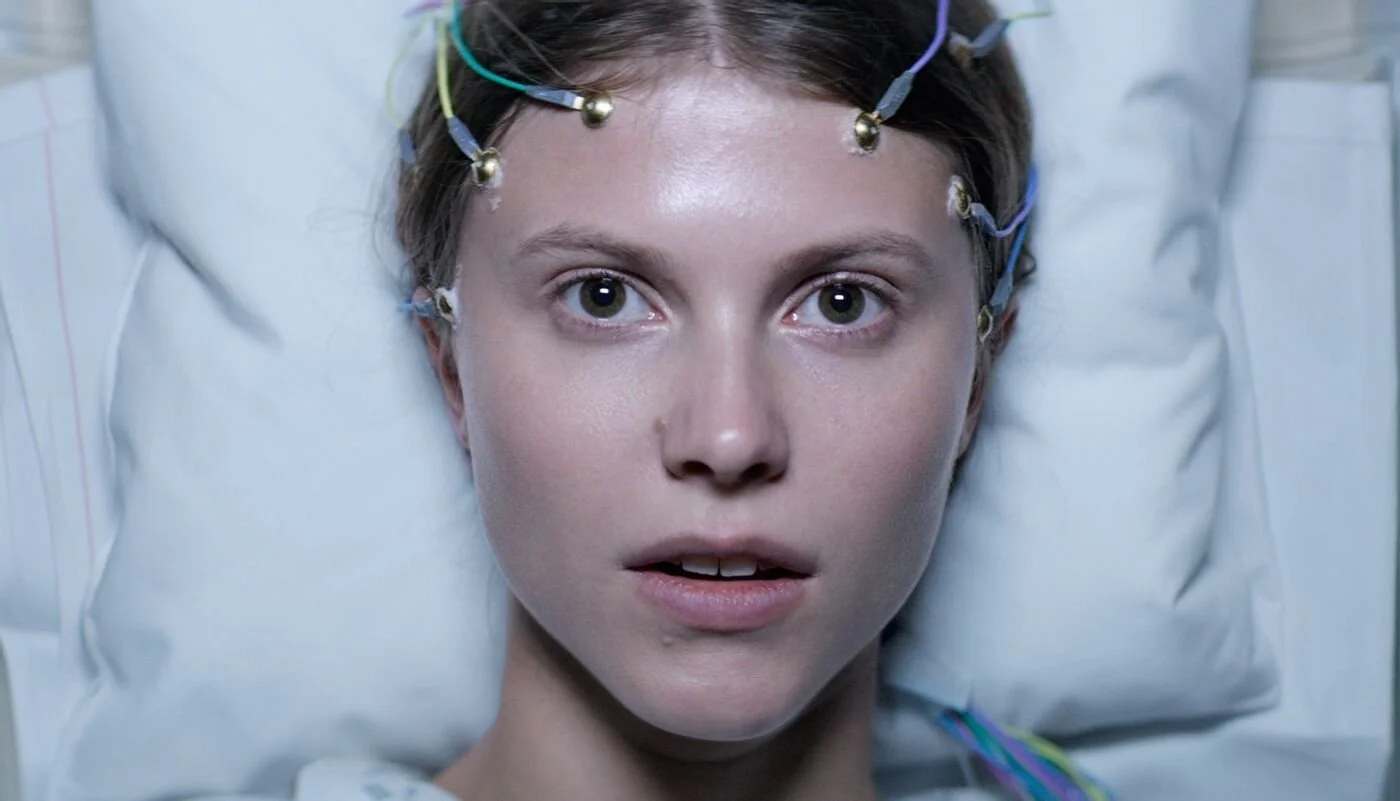Norwegian Cinema: Thelma film Review
Thelma is a supernatural thriller directed by Joachim Trier and stars Eili Harboe in the titular role. This Norwegian film is a fresh and complex take on “superhero” powers that navigates themes of sexuality, trauma, religion and self-discovery.
The film’s eponymous heroine Thelma is able to make things happen; if she wants something, she can manifest it or quite terrifyingly, make it disappear. Narratively, the exploration of such a supernatural power is rich ground for storytelling, and that’s exactly what Trier has achieved here.
Thelma is a beautifully dark coming-of-age story about a sheltered young woman discovering her identity both as an individual away from her overbearing family and in terms of her sexuality. While her dangerous gift could have just become a metaphorical symbol of her otherness or a delusion born out of repressed sexuality, Trier doesn’t settle for a cinematically metaphoric storyline only. This supernatural gift is real and has very tangible consequences in the film, and a flashback that unfolds alongside the main action of the narrative is rather intense and harrowing and brings the film to a crescendo before the final act.
I also liked how in an interview, Trier said that he wanted to make a film that pays tribute to all the people who feel like “freaks” who don’t fit in and still try to find acceptance in that fact (VG, 2017). And at its most basic, that is exactly what Thelma is, a freak finding her place.
“I feel angry with you, God. Why are you doing this to me? What do you want?”
Visually, Thelma is stunning. There are lingering shots of nature, erotically charged visuals involving snakes, a very Bergmanesque nod to Persona and stunning moments of VFX that bring the consequences of Thelma’s ability to life.
There is also a really clever visual at the beginning and end of the film where the camera pans in and later away from the crowded Frederikkeplassen (the centre of the UiO Blindern Campus), illustrating the sense of one person being lost in a sea of people.
Another sequence that I found to be particularly beautiful was at the Oslo Opera house; I love the way in which the ballet performance on stage melted into shots of Thelma on the brink of an anxiety-induced seizure. Both elements complimented each other and created frenetic energy that really built up the mounting tension of a rising panic attack.
The colour palette used in Thelma is also rather beautiful, as dark, brooding and cold colours are employed for the most part. However, there are moments where a rich blood-red or lush natural green pierces the shot; these snaps of intense colours symbolise danger and transgressing against the norm and are often seen when Thelma has no control over her ability.


